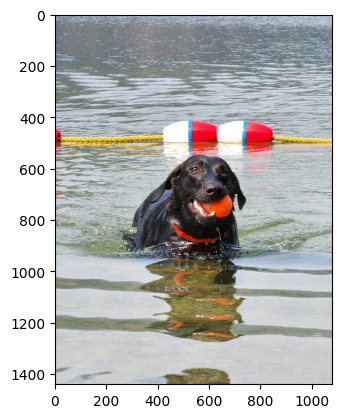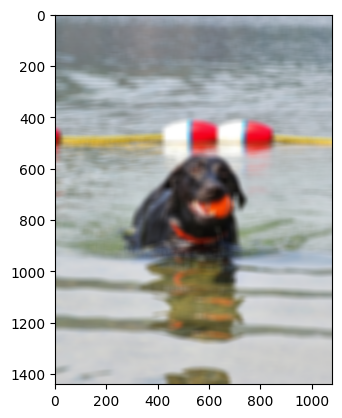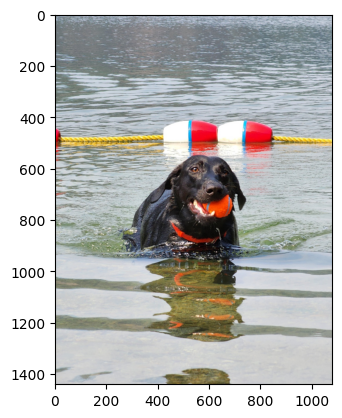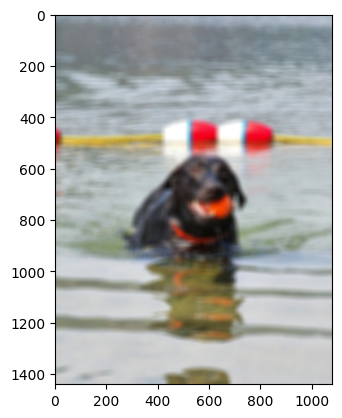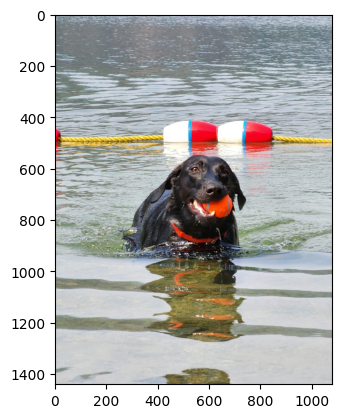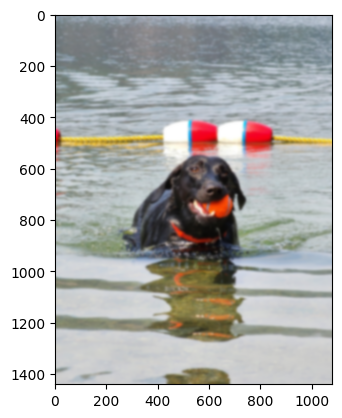How to handle Data, and Images(13) OpenCV Filtering
How to filter using OpenCV
Lesson Notes in .ipynb file
How to handle Data, and Images(13) OpenCV Filtering
Topics
OpenCV Filtering
- we can apply kernel to image to make the image more blurry
- when we make image more blurry it can reduce the noise of the image
Convolution
Basic Image: $\begin{bmatrix}5 &4 & 3 &2 & 5 \\ 4 & 6 & 5 & 4 & 3 \\ 7 & 5 & 2 & 5 & 9 \\ 8 & 5 & 6 & 1 & 9 \\ 5 & 7 & 7 & 8 & 6 \end{bmatrix} $
Kernel: $ \begin{bmatrix} 1 & 2 & 1 \\ 2 & 5 & 2 \\ 1 & 2 & 1\end{bmatrix}$
then for every element we multiply it by kernel.
For example for the output after convolution operation at [2][2] would be
$\begin{bmatrix} 6 & 5 & 4 \\ 5 & 2 & 5 \\ 5 & 6 & 1\end{bmatrix}$ * $\begin{bmatrix} 1 & 2 & 1 \\ 2 & 5 & 2 \\ 1 & 2 & 1\end{bmatrix}$ = $\begin{bmatrix} 6\times1 & 5\times2 & 4\times1 \\ 5\times2 & 2\times5 & 5\times2 \\ 5\times1 & 6\times2 & 1\times1 \end{bmatrix} $ = Total Sum After Multiplication / Total Sum of Kernel elements = $\frac{68}{17}$
Basic Kernel: where every element is the same * 1/sum of all elements
$\begin{bmatrix} 1 & 1 & 1 & 1 & 1\\ 1 & 1 & 1 & 1 & 1\\ 1 & 1 & 1 & 1 & 1\\ 1 & 1 & 1 & 1 & 1\\ 1 & 1 & 1 & 1 & 1 \end{bmatrix} * \frac{1}{25}$
Gaussian Kernel: matrix(highest in the middle and lower the value further from the middle) * 1/sum of all elements
$\begin{bmatrix} 1 & 4 & 7 & 4 & 1\\ 4 & 16 & 26 & 16 & 4\\ 7 & 26 & 41 & 26 & 7\\ 4 & 16 & 26 & 16 & 4\\ 1 & 4 & 7 & 4 & 1 \end{bmatrix} * \frac{1}{273}$
Basic Blurring by making our own basic Kernel
1
2
3
4
5
6
7
8
9
10
11
12
13
14
import cv2
import matplotlib.pyplot as plt
import numpy as np
image = cv2.imread('chanel.jpg')
plt.imshow(cv2.cvtColor(image, cv2.COLOR_BGR2RGB))
plt.show()
size = 25
kernel = np.ones((size, size), np.float32) / (size**2)
dst = cv2.filter2D(image, -1, kernel)
plt.imshow(cv2.cvtColor(dst, cv2.COLOR_BGR2RGB))
plt.show()
Output:
Basic Blurring
1
2
3
4
5
6
7
8
9
10
import cv2
import matplotlib.pyplot as plt
image = cv2.imread('chanel.jpg')
plt.imshow(cv2.cvtColor(image, cv2.COLOR_BGR2RGB))
plt.show()
dst = cv2.blur(image, (25, 25))
plt.imshow(cv2.cvtColor(dst, cv2.COLOR_BGR2RGB))
plt.show()
Output:
Gaussian Blur
1
2
3
4
5
6
7
8
9
10
11
import cv2
import matplotlib.pyplot as plt
image = cv2.imread('chanel.jpg')
plt.imshow(cv2.cvtColor(image, cv2.COLOR_BGR2RGB))
plt.show()
# kernel_size must be odd number
dst = cv2.GaussianBlur(image, (25, 25), 0)
plt.imshow(cv2.cvtColor(dst, cv2.COLOR_BGR2RGB))
plt.show()
Output:
Summary
We can blur an image using Convolution operation towards the image
There are two types of Kernel we can apply for Image Blurring
- Basic Kernel: where every element is the same * 1/sum of all elements
- cv2.blur(image, (x, x)), where $(x,x)$ is a size of Kernel
- Gaussian Kernel: matrix(highest in the middle and lower the value further from the middle) * 1/sum of all elements
- cv2.GaussianBlur(image, (x, x), 0), where $(x,x)$ is a size of Kernel, and $x$ must be odd number
The bigger the size of Kernel more blurry the image gets
